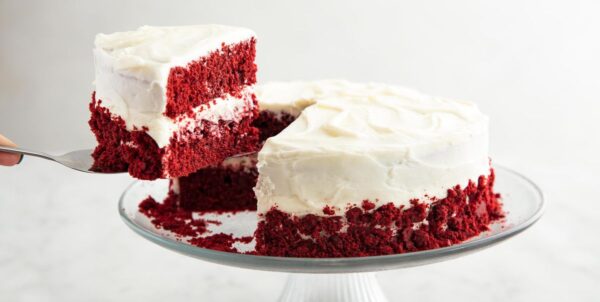The cake is a baked flour confection made from flour, sweetener, and other ingredients, and in their earliest forms, cakes were bread modifications. Still, they now refer to a wide variety of dishes that can be simple or elaborate and have characteristics in common with desserts like pies, pastries, meringues, custards, and custard creams.
The most typical ingredients are sugar, flour, fat, eggs, a liquid, and a flavouring agent, like baking soda or powder. And with numerous alternatives for the primary ingredients, common ingredients involve dried, candied, or fresh fruit, nuts, cocoa, and derivatives like vanilla. So, when a formal celebration, like a wedding, anniversary, or birthday happens, Christmas cakes in Sydney are frequently served as the dessert. Meanwhile, numerous cake recipes exist; while some resemble bread, others are lavish and intricate, and many are centuries old.
The capital city of NSW, Sydney, is one of the best cities to love globally. And over the next five years, Sydney’s bread and cake retailing industry is expected to experience modest growth. It is anticipated that consumer preferences for bread and cakes will continue to be influenced by trends in household income and consumer sentiment.
Butter Cake
A butter cake is any cake whose instructions start with “cream butter and sugar.” Following the creaming, you add eggs to slightly infuse the air in it, flour (and occasionally another liquid, such as milk), which gives it taste and form, and baking powder or baking soda, which guarantees that it will rise when cooking. Within the family of butter cakes, there are various cake batter forms, including chocolate, white, yellow, and marble. As such, the colouring of white and yellow cakes primarily relies on whether they contain whole eggs, more yolks (for yellow cake), or whites only (white cake).
Pound Cake
A related dessert to butter cake is pound cake. It is so named because each ingredient is portioned in one pound increments: one pound each of butter, sugar, eggs, and flour. You’ll find baking soda and powder in other pound cake recipes, bringing the batter into the butter-cake fold. And in some pound cake recipes, the whites are beaten and then added to the mixture to leaven it after separating the eggs.
Pound cakes are typically served direct or with water or glaze icing on top and have very mild flavours. A Bundt or loaf pan is typically used for baking pound cakes.
Sponge Cake
Do you know any cake recipes with a lot of whipped egg or egg whites but neither baking soda nor baking powder? That is a sponge cake, of which there are numerous varieties. And this, depending on where you are, will go by different names.
Cookie Cake
This is another sponge cake variety that uses egg yolks and whites, but unlike a puff pastry dough, the whites and yolks are whipped individually before being folded back in. It results in a light batter that holds its shape better after mixing but is drier than a genoise. It produces a chewy texture after baking in a tube-like pan, similar to an angel food cake, which was well-liked in the early 20th century but has since lost its favour. And though the flour is swapped out for matzoh cake meal and potato starch, it is still recognised as the traditional Passover sponge cake.
Cakes frequently comprise sugar and flour, which contain carbohydrates, the primary energy source of human bodies, and they provide enough energy as a result. Also, fruits like berries, pineapple, and apples are included in Christmas cakes in Sydney because they are high in fibre and help the body’s digestive system. Additionally, the cake’s fruits reduce the risk of heart disease.




